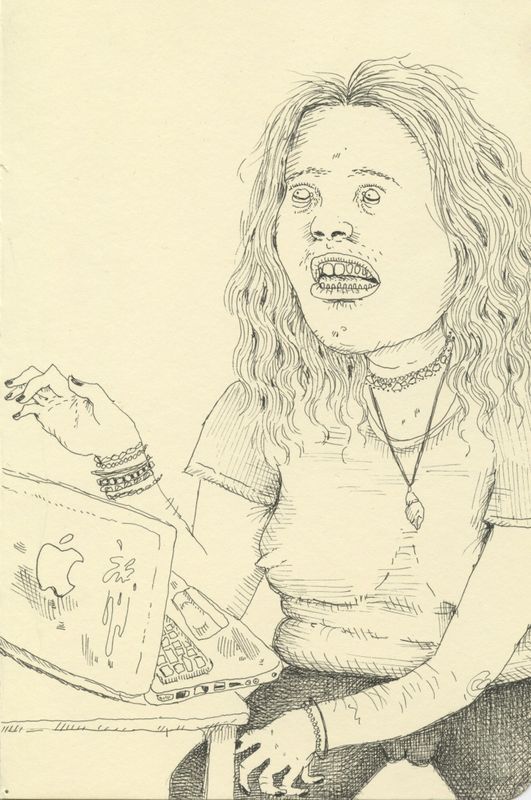Originally, the word “grotesque” was used in the 15th century to describe “a style of elaborate curves and decorative elements of paintings found in the ruins of Roman caves or grottoes.” Today, it is used to describe the qualities of a person, place, or object that is repulsive, strange, or disgusting. Media outlets take it upon themselves to censor such grotesque content – usually images of female blood, hair, and nipples.
Instagram’s Help Center states: “We know that there are times when people might want to share nude images that are artistic or creative in nature, but for a variety of reasons, we don’t allow nudity on Instagram. This includes photos, videos, and some digitally-created content that show sexual intercourse, genitals, and close-ups of fully-nude buttocks.”
While it is important to understand that censorship of female body is unproductive and insulting, it also worth noting what kinds of nudity are acceptable. Breasts in bikinis are fine, but breastfeeding is not. Nudity is allowed, as long as plus-size women are excluded. If female genitalia are shown, they must be hairless.
Keeping these subliminal messages in mind, it is clear that social media outlets are setting what kinds of nudity are acceptable and unacceptable in order to please a male audience. Sexy and provocative images of female nudity are allowed, “but images of women’s bodies doing normal women body things are not.” This selective censorship is shielding male eyes from a number of natural female images, in effect making them taboo.
Not only is social media censoring natural images of the female body from male viewers, but it is also shielding them from natural occurrences – such as women giving birth. Birthing was formerly a process that was celebrated among children, family, and friends, but it is now unnecessarily medicalized. This medicalized version of birth continues to stigmatize natural female phenomena. The female body in childbirth has been sanitized and censored in recent years on social media outlets, movies, and in real life.
Hill eloquently notes that birthing women “often do not realize that they have the right to say no in the birth room just as they do in the bedroom and boardroom.” However, at least some women have access to this natural process, usually through the birth of a family member. While most women face birth at some point in their lives, it is men that social media outlets are protecting – “men who have grown up on sanitized and sexualized images of female bodies.”
-Teresa Mettela
Junior Girl
Girl Museum Inc.

